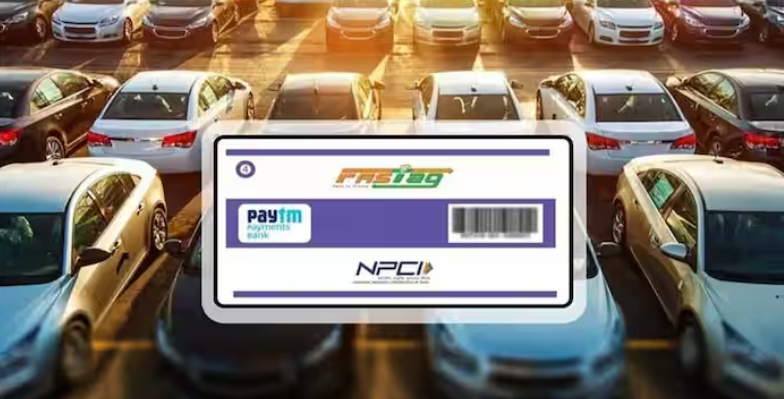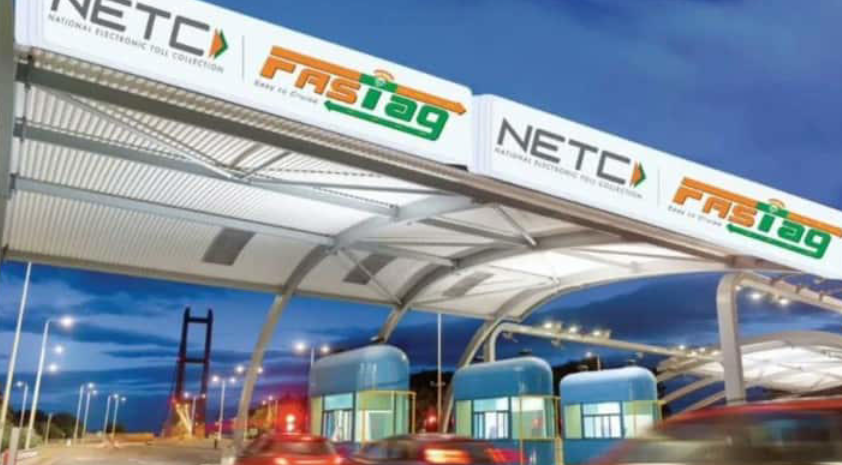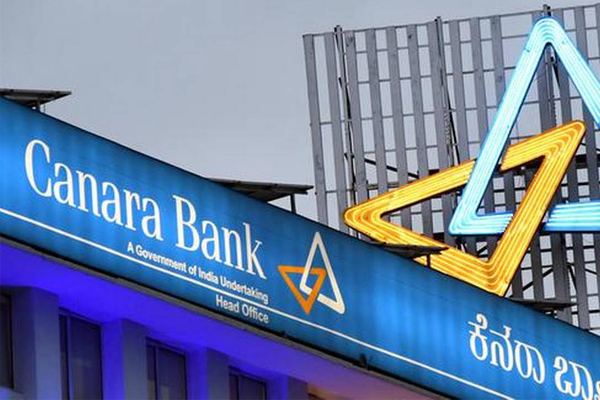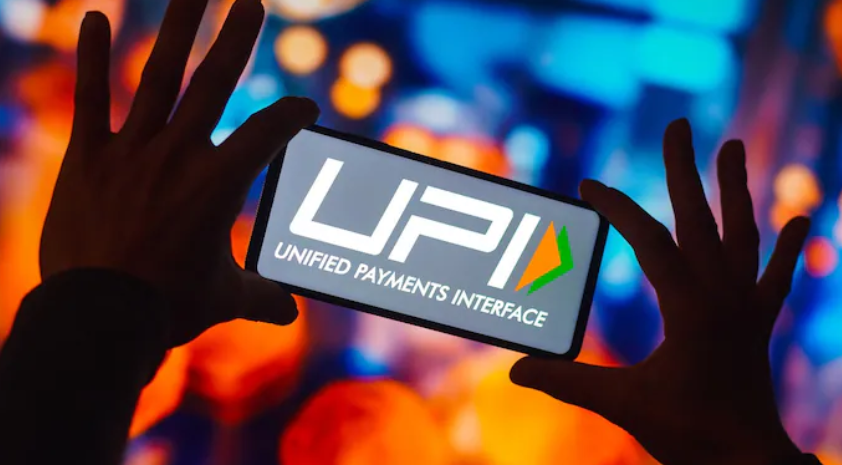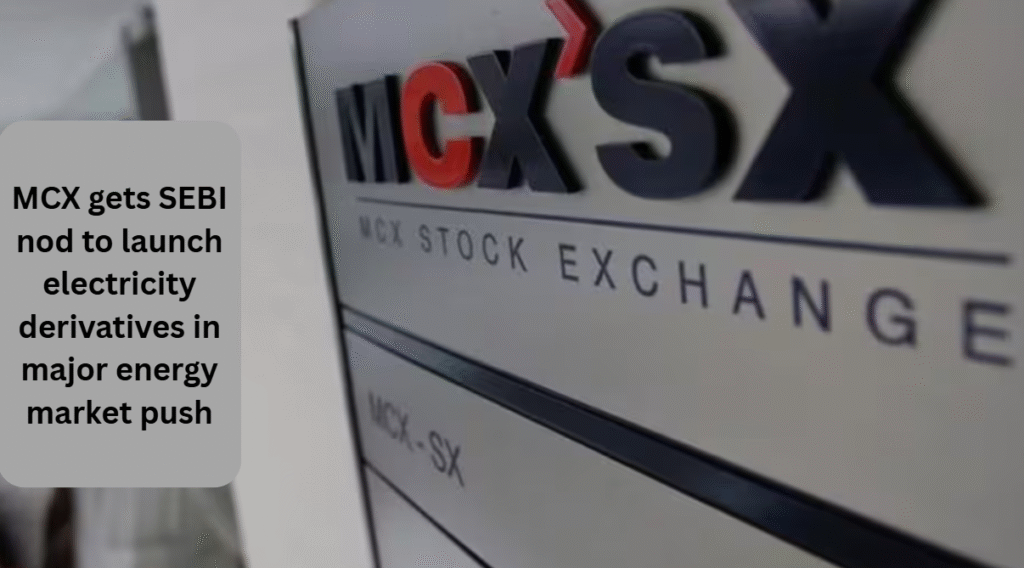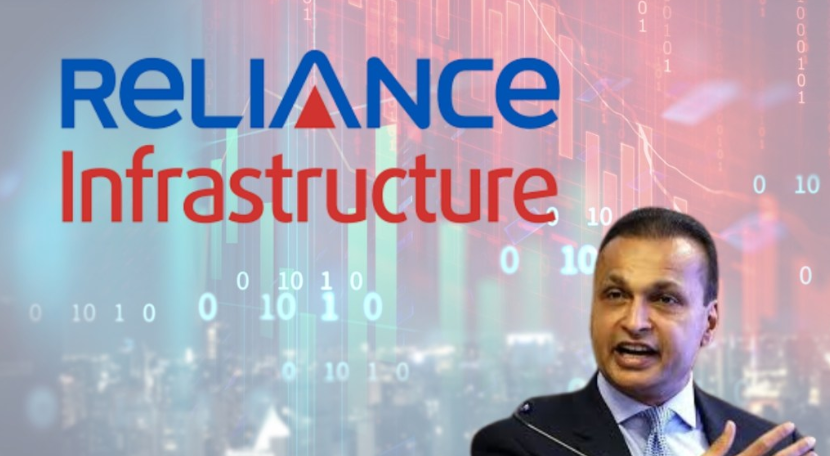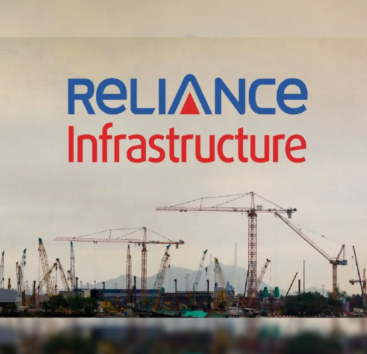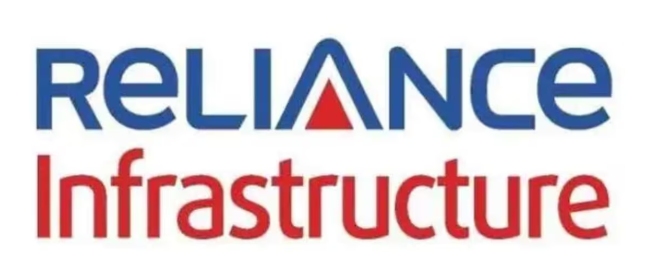On June 18, 2025, Jio Financial Services (JFS) officially became the sole owner of Jio Payments Bank Limited (JPBL) by purchasing 7.9 crore shares—representing the full 17.8% stake—from the State Bank of India (SBI) for ₹104.54 crore. The acquisition was completed following the Reserve Bank of India’s approval received on June 4, 2025

Why This ?
- Wholly Owned Subsidiary
Jio Payments Bank, established in April 2018 as a joint venture between Reliance (via JFS) and SBI, will now operate as a 100% subsidiary of JFS, allowing for greater strategic alignment and integration. - Strengthening Jio’s Fintech Ambitions
The move supports JFS’s broader push into digital financial services—complementing initiatives such as the Jio Finance app, the Jio-BlackRock mutual fund JV, and expansion of UPI, savings accounts, and Aadhaar-enabled banking.
Deal Breakdown
| Component | Details |
|---|---|
| Shares Purchased | 7.90 crore equity shares |
| Cost | ₹104.54 crore (₹13.22 per share) |
| Previous Holding | JFS held 82.17% stake before deal |
| Post-Acquisition | 100% ownership achieved in June 2025 |
Strategic Implications
- Complete Control: JFS now fully controls JPBL, enabling faster decision-making in strategy and product creation across digital banking services.
- Banking Licence & Capabilities: JPBL operates under a payments bank licence, offering zero-balance accounts, UPI services, debit cards, and biometric-based banking—all now fully streamlined under the Jio ecosystem.
- Synergy with Other Jio Initiatives: Integration potential with the JioFinance app and mutual fund offerings from Jio-BlackRock—positioning JFS as a one-stop digital financial platform.
Market Reaction & Outlook
- Stock Movement: Shares of JFS dropped ~0.7% post-announcement, closing at ₹287.75 – ₹288 on June 18, 2025.
- Long-Term View: Analysts view this maneuver as a strategic step to solidify JFS’s push into fintech and digital assets. Fully owning the payments bank enhances its competitive edge in India’s evolving digital finance ecosystem.
In Conclusion
This acquisition marks a significant moment for Jio’s financial services ambitions. By fully internalizing Jio Payments Bank, JFS is better positioned to deliver a seamless, integrated digital experience, spanning savings, payments, investments, and lending—all under its unified Jio umbrella. With SBI out, the path is clear for JFS to accelerate its fintech innovation and drive deeper engagement with India’s digitally savvy population.
